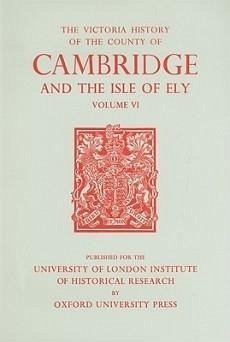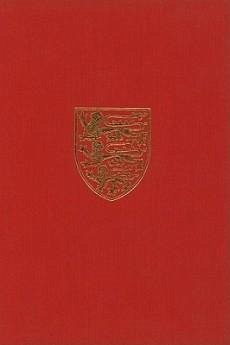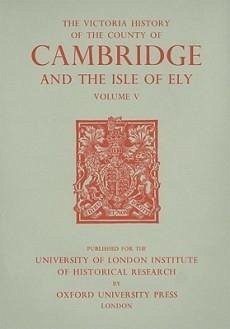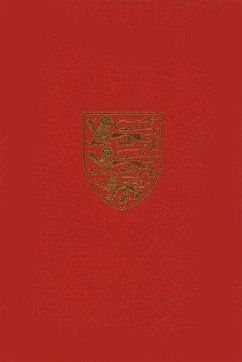Nicht lieferbar
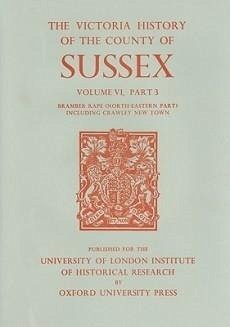
A History of the County of Sussex, Volume VI, Part 3
Bramber Rape (North-Eastern Part) Including Crawley New Town
Herausgeber: Hudson, T P
Versandkostenfrei!
Nicht lieferbar
The volume gives the history of the eleven parishes that form the north-eastern part of Bramber rape, from Upper Beeding in the south to Ifield in the north, together with that of Crawley new town, founded in 1947. The area lies mostly on Wealden sands and clays, where settlement was chiefly scattered. Many settlements originated as outlying holdings of manors centred in the south end of the rape; the parish of Beeding lay in two parts, Upper Beeding astride the scarp of the South Downs, and Lower Beeding eleven miles to the north. St. Leonard's Forest in Lower Beeding was roughly divided in t...
The volume gives the history of the eleven parishes that form the north-eastern part of Bramber rape, from Upper Beeding in the south to Ifield in the north, together with that of Crawley new town, founded in 1947. The area lies mostly on Wealden sands and clays, where settlement was chiefly scattered. Many settlements originated as outlying holdings of manors centred in the south end of the rape; the parish of Beeding lay in two parts, Upper Beeding astride the scarp of the South Downs, and Lower Beeding eleven miles to the north. St. Leonard's Forest in Lower Beeding was roughly divided in the Middle Ages between woodland and heath; its present appearance is the result of 19th- and 20th -century afforestation and reclamation for agriculture, and settlement was later there than elsewhere. The 19th century saw a great influx of wealthy new residents, some of whom built large houses or laid out parks or gardens like those at Sedgewick Park or Leonardslee. In the mid 20th century the villages or hamlets of Upper Beeding, Hen-field, and Mannings Heath in Nuthurst have been much expanded. Crawley, part of whose built-up area lay in Ifield parish, was already a town by the later 19th century; of other places, only Henfield was larger than the average, offering some urban functions. There is little evidence of open-field agriculture except in the south; St. Leonard's Forest was largely used as rabbit warrens in the 17th and 18th centuries; and market gardening and fruit and flower growing were prominent, for instance around Albourne, in the 20th. Industrial activities before the foundationof Crawley new town included medieval saltworking in the Adur valley, ironworking, quarrying, and fishing, together with varied woodland industries, and cement manufacture at Upper Beeding.






